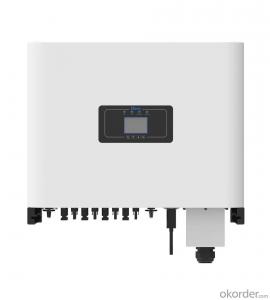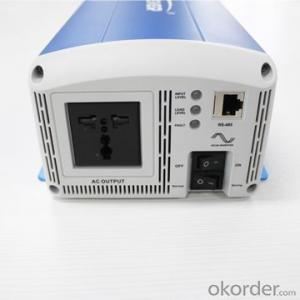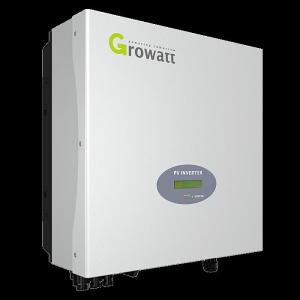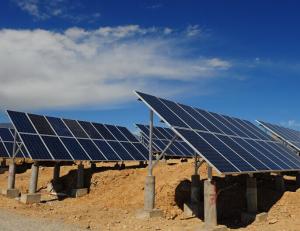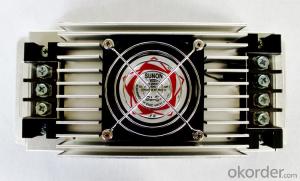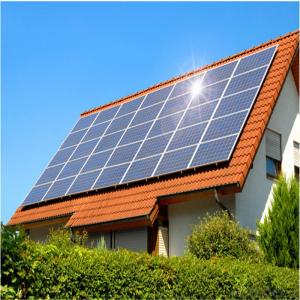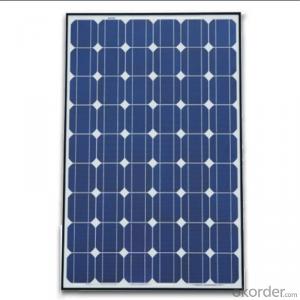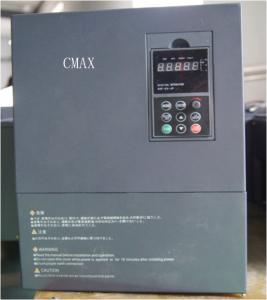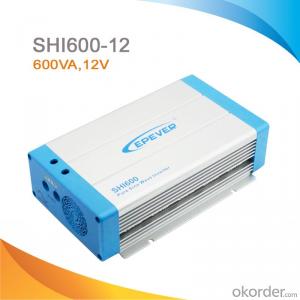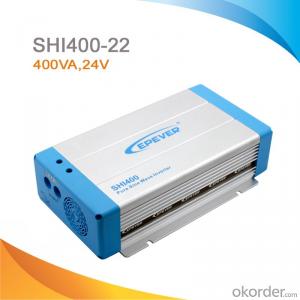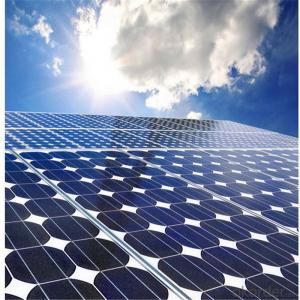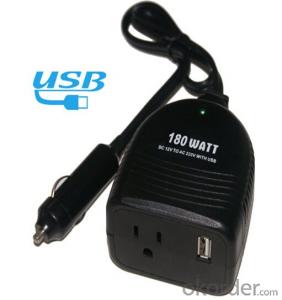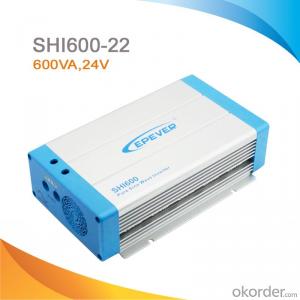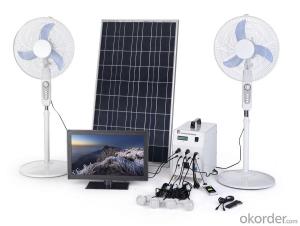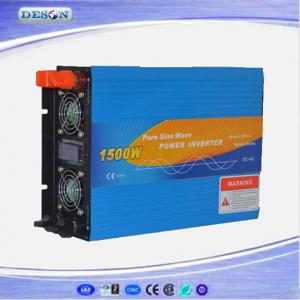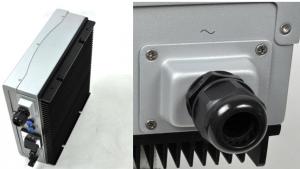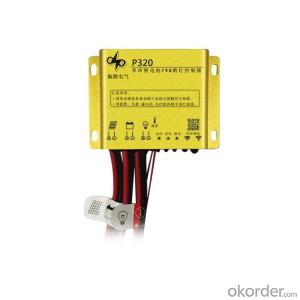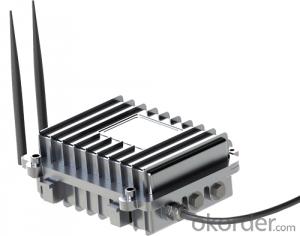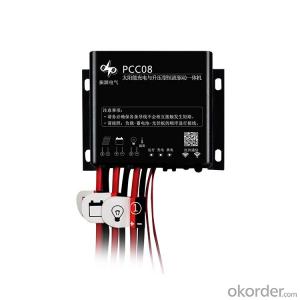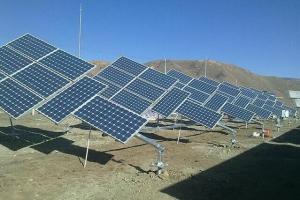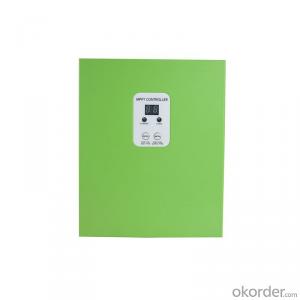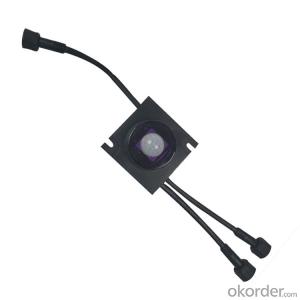220 Solar Inverter
220 Solar Inverter Related Searches
220 Volt Solar Inverter 220v Solar Inverter Solar 220v Inverter Solar Inverter 220 Volt Solar Power Inverter 220v Solar Panel Inverter 220v China 220v Solar Inverter Solar Inverter 12v To 220v 240 Volt Solar Inverter 12v To 220v Solar Inverter 230v Solar Inverter 200 Watt Solar Inverter 200 Amp Solar Inverter 240v Solar Inverter 240v Inverter Solar 200kw Solar Inverter Solar Inverter 230v 200 Kw Solar Inverter 200 Watt Solar Panel Inverter Solar Inverter 240v 200w Solar Inverter 120/240 Volt Solar Inverter Solar Flex 200 Inverter Solar Inverter 3kw 220v 250 Watt Solar Inverter 2.2 Kw Solar Inverter 250kw Solar Inverter 120v Solar Inverter Solar 120v Inverter 250 Kw Solar Inverter220 Solar Inverter Supplier & Manufacturer from China
The 220 Solar Inverter is a crucial component in solar energy systems, designed to convert the direct current (DC) generated by solar panels into alternating current (AC) that can be utilized by electrical appliances and fed back into the power grid. This efficient device plays a vital role in harnessing the power of the sun and making it accessible for various applications.The 220 Solar Inverter is widely used in residential, commercial, and industrial settings, where it helps to optimize the performance of solar power systems. It is particularly useful in areas with limited access to traditional power sources, as it provides a reliable and environmentally friendly alternative. This product is also beneficial in reducing electricity bills and contributing to a sustainable energy future.
Okorder.com is a reputable wholesale supplier of the 220 Solar Inverter, boasting a large inventory to cater to the diverse needs of customers worldwide. With a commitment to quality and customer satisfaction, Okorder.com ensures that the 220 Solar Inverter is available at competitive prices and with prompt delivery, making it an ideal choice for businesses and individuals looking to invest in solar energy solutions.


